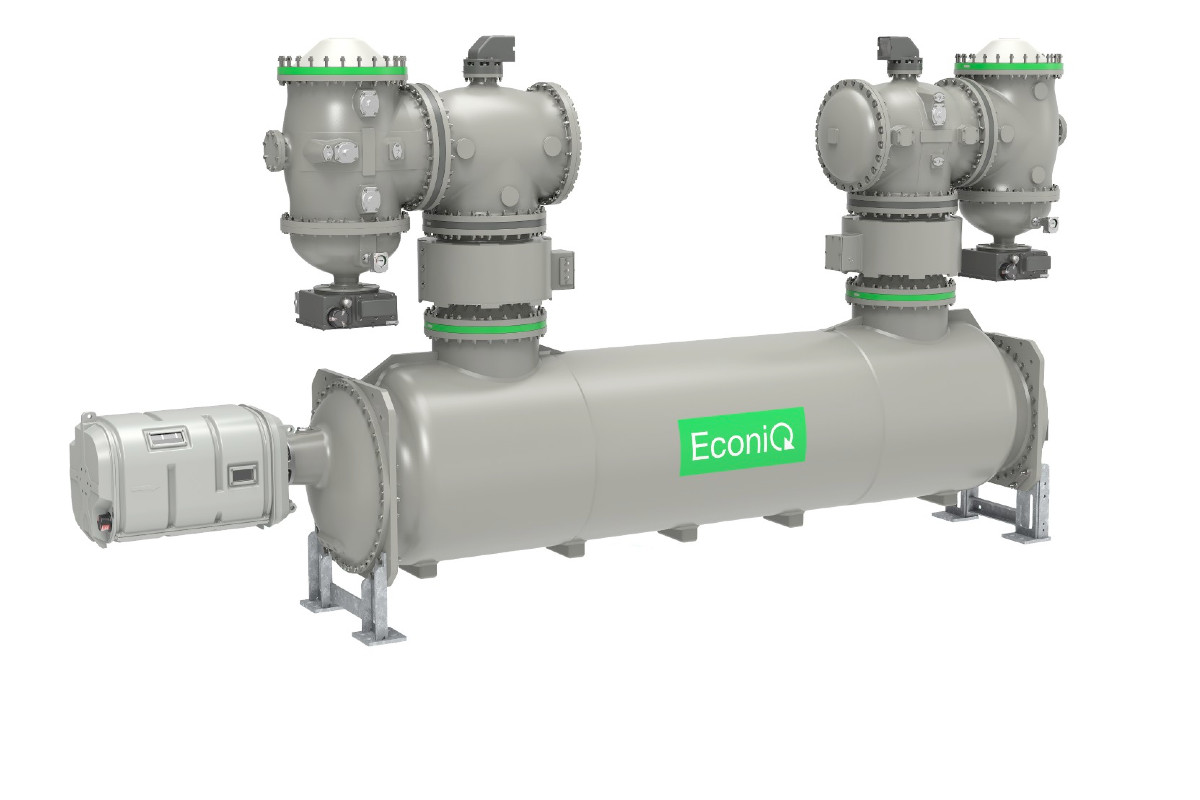Hitachi Energy will supply the world’s first sulphur‑hexafluoride‑free 550 kV gas‑insulated switchgear (GIS) to the Central China Branch of the State Grid Corporation of China (SGCC).
The delivery of Hitachi Energy’s SF6-free 550 kV GIS is set to reinforce the SGCC’s drive to decarbonise its network, supporting Beijing’s legally binding target of carbon neutrality by 2060. The network serves more than 1.1 billion people across 88% of China’s landmass, and is already under increasing pressure to curb emissions from high‑voltage equipment – a difficult task for a network that has undergone constant growth in energy usage over the past few years.
The new technology from Hitach Energy replacing SF6 – which is a greenhouse gas with a global‑warming potential 24,300 times higher than CO2 – with an environmentally benign gas mixture, yet promises to retain the compact footprint and reliability of conventional switchgear.
An official from the Central China Branch of SGCC commented, “In recent years, SGCC has been comprehensively promoting the emission reduction of power grid equipment and its clean and low-carbon development. Using an alternative gas to replace SF₆ can effectively reduce the consumption and emission of greenhouse gases.
“This project is the world’s first pilot application of 550 kV SF6-free GIS, which is of great significance to the Central China Branch of SGCC and will contribute to the clean transformation of the electrical industry to achieve the dual carbon goals.”
Markus Heimbach, Managing Director of Hitachi Energy’s High Voltage Products business, added, “The world’s first SF6‑free 550 kV GIS represents a major milestone in our journey to provide sustainable and efficient power grid solutions, and we’re pleased to collaborate with SGCC on this pioneering project. By leveraging our expertise in high‑voltage technology, we are addressing the industry’s demand for reliable and eco‑efficient high‑voltage switchgear and helping to accelerate the transition to a more sustainable, flexible, and secure energy system.”

